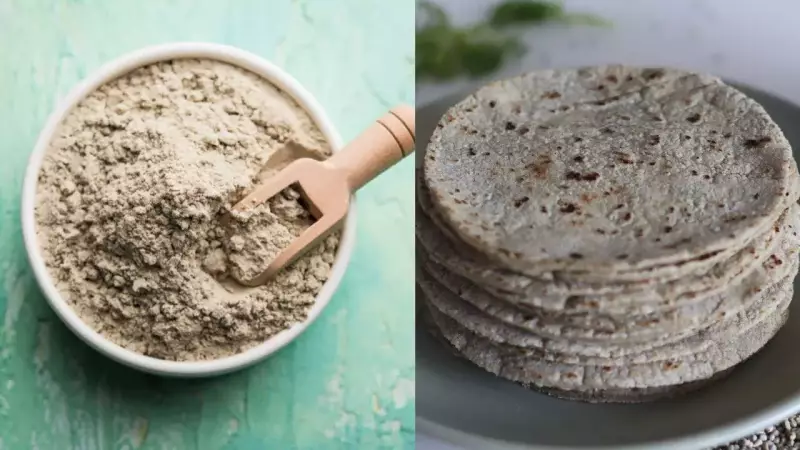
In the ongoing battle against diabetes and fluctuating blood sugar levels, ancient Indian wisdom might hold the key to modern solutions. Traditional millets, once staple grains in Indian households, are making a powerful comeback as natural allies in glucose management.
The Diabetes Epidemic and Natural Solutions
With India often called the diabetes capital of the world, finding natural, accessible ways to manage blood sugar has never been more crucial. While medications play their role, incorporating specific millet flours into your daily diet can provide significant complementary benefits.
Foxtail Millet Flour: The Slow-Release Champion
Foxtail millet, known as Kangni in Hindi, contains complex carbohydrates that digest slowly, preventing sudden spikes in blood glucose levels. This golden-hued flour is particularly rich in dietary fiber, which slows down glucose absorption in the bloodstream.
Why it works: The low glycemic index of foxtail millet flour means it releases energy gradually, keeping you full longer while maintaining stable sugar levels. It's also packed with minerals like magnesium that improve insulin sensitivity.
Barnyard Millet Flour: The Nutrient Powerhouse
Often called Jhangora or Samvat rice, barnyard millet flour stands out for its exceptionally high fiber content – nearly six times that of wheat! This super grain is also rich in phytochemicals that help regulate blood sugar metabolism.
The benefits: Regular consumption can significantly improve glycemic control while providing essential nutrients like iron and calcium. Its high fiber content also supports digestive health, which is crucial for overall metabolic function.
Finger Millet Flour: The Traditional Wonder
Ragi, or finger millet flour, has been a trusted remedy in Indian households for generations. This dark, nutrient-dense flour contains polyphenols and dietary fiber that actively help in controlling blood sugar levels.
How it helps: The unique combination of antioxidants and high fiber content in ragi makes it particularly effective for diabetes management. It's also rich in amino acids that improve insulin response and glucose tolerance.
How to Incorporate These Flours Into Your Diet
- Start gradually: Begin by replacing 25-30% of your regular wheat flour with millet flour in rotis, parathas, or baked goods
- Mix and match: Combine different millet flours to benefit from their unique nutritional profiles
- Traditional recipes: Try making ragi dosa, millet upma, or millet-based sweets for healthier alternatives
Important Considerations
While millet flours offer significant benefits, they work best as part of a balanced diet and healthy lifestyle. Always consult with your healthcare provider before making significant dietary changes, especially if you're on medication for diabetes.
Remember, natural remedies complement but don't replace medical treatment. Consistency and moderation are key to seeing long-term benefits in blood sugar management.





